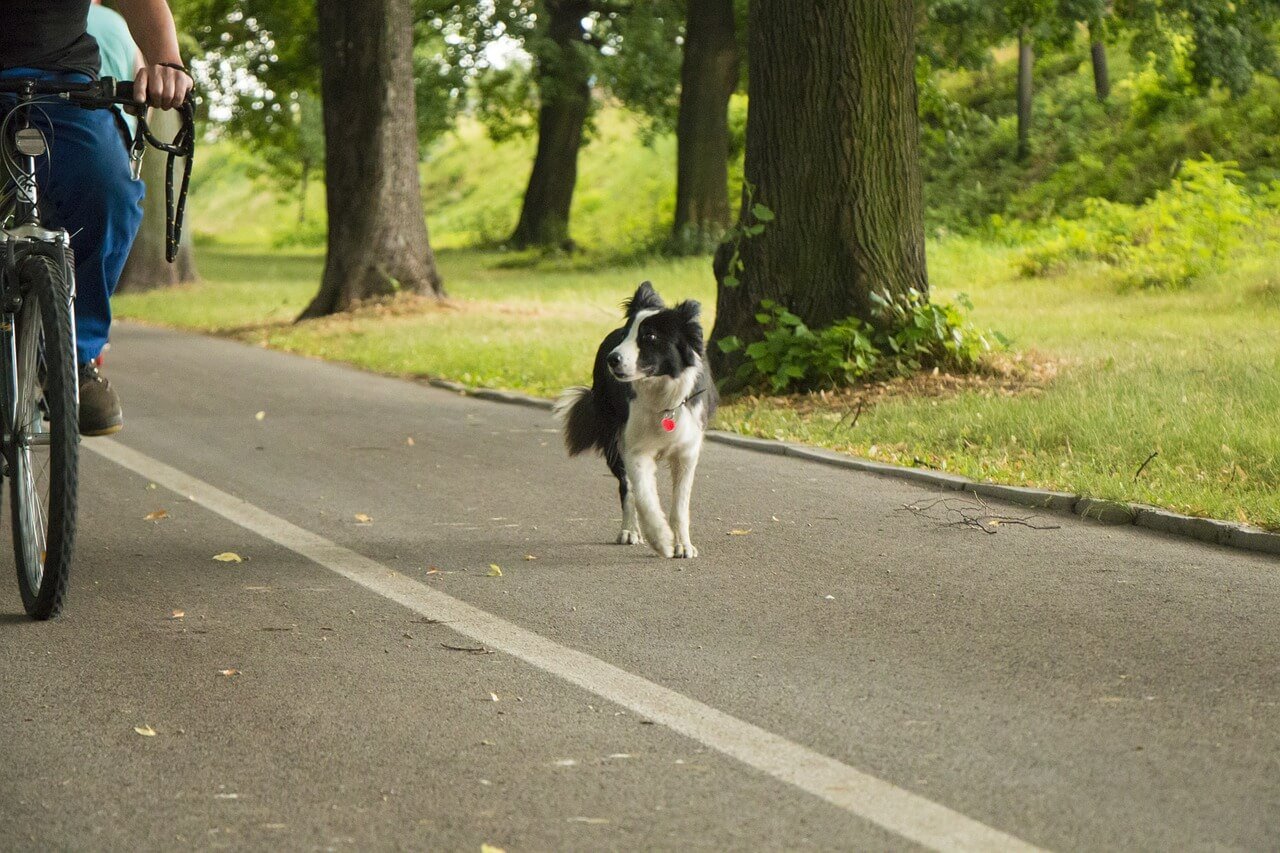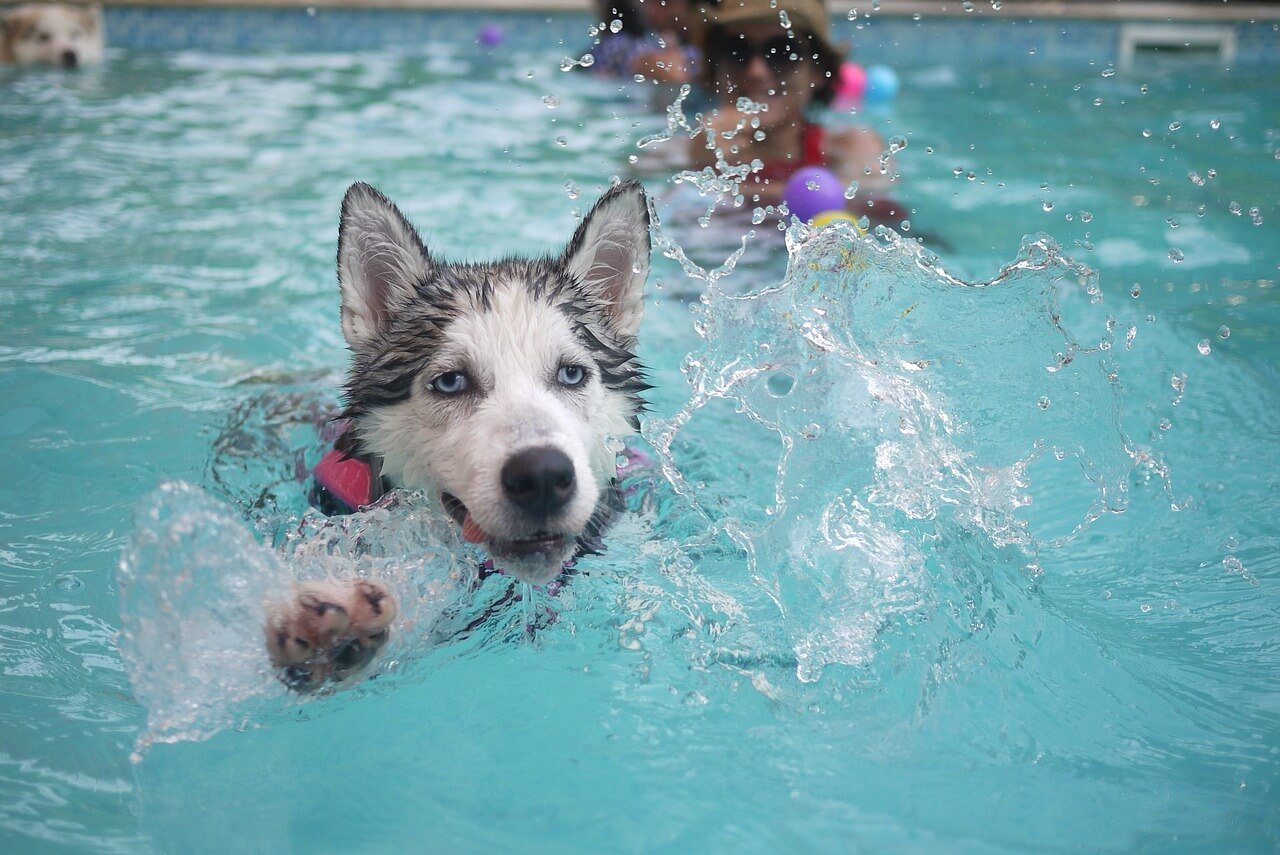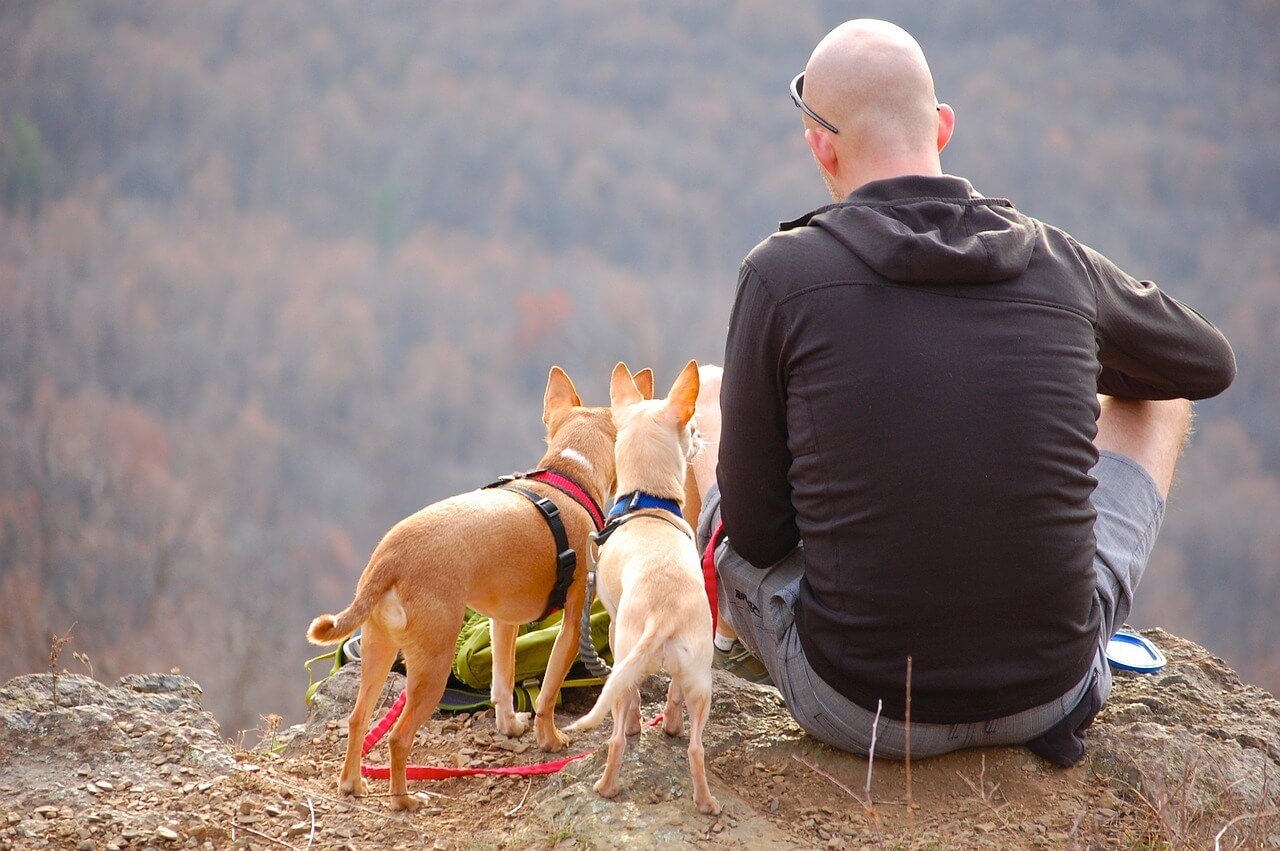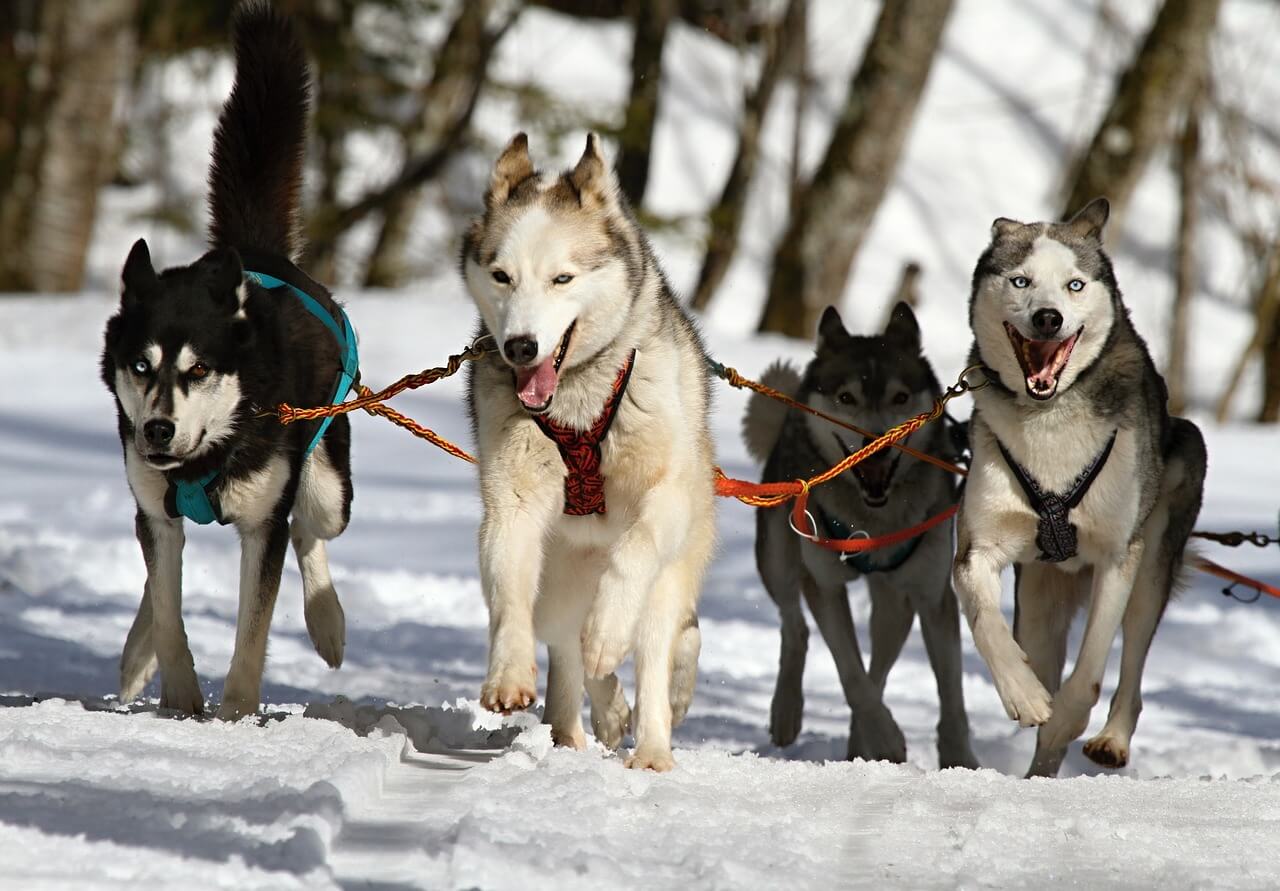Four wheels move the body but two wheels move the soul and when you have four more paws along with it, together you can move mountains! Well, figuratively, of course! Dogs make incredible exercise partners. Not only are they consistent, but also so much more fun! You may not be able to ride too far with your dog, but you’ll always be a part of some or the other adventure and have an interesting story to tell at the end of every ride! Let’s understand in detail how we can do this activity safely with our dogs.
Understanding Your Dog's Physical Capabilities
Your dog’s physical health condition is the primary decider on how far and how long your dog can bike with you. Consult your dog’s vet or a pet physiotherapist if you plan on making biking with your dog a regular part of your routine. Being aware of your dog’s physical health, particularly their bones, joints and muscles, is crucial before committing to a high intensity cardio activity like biking.
Avoid biking if your dog has any of these issues –
- Respiratory disorders like brachycephalic syndrome
- Joint issues
- Muscle pain
- Hip dysplasia and other disorders
- Other orthopaedic issues
- Senior dogs
- Anxious/ reactive dogs
- Dogs that have a high prey drive
- Dogs that are easily spooked
Further related read: How to hike safely with your dog
Choosing the Right Equipment
The equipment used while biking with your dog directly impacts the effectiveness and safety of the workout. The right equipment not only reduces the likelihood of injuries, but also enhances the effectiveness, comfort, performance, adaptability and overall experience of the activity. Here are some biking essentials that are worth investing in –
- A sturdy, reflective dog harness
- A sturdy bike-friendly leash or a towline designed to safely attach to the bike
- Bike friendly dog carriers for smaller dogs to just enjoy the ride
- Safety lights
- Training equipment to get the dog habituated to the activity
- ID tags in case of accidental escapes
- Dog boots for extra protection against the hot pavement or on rocky terrains
- Fitness trackers specifically designed for dogs for real time monitoring
- A good dog water bottle and portable dog food bowls
Bouteille d'eau portative pour chien d'extérieur

$23.19 USD
La seule façon d'éviter un danger tel qu'un coup de chaleur chez un chien est de lui donner de l'eau à temps à l'extérieur. Sans danger pour les aliments Appuyer pour verrouiller S'écouler lentement Grande capacité Grand bol d'eau Facile… read more
Training Your Dog for Bike Rides
Dogs are not born with the ability to adapt to activities designed by humans. They have to be trained, socialized and desensitized if necessary. Over time, with proper dog training and plenty of positive reinforcement, they can be trained to enjoy intense activities such as biking.
If your dog has never engaged in the activity of biking with you, start slow. Spend time in socializing your dog to the presence and movement of bikes. Reward liberally for calm and composed reactions.
Once your dog is comfortable with the movement of bikes, grab the leash and walk your dog alongside the moving bike. This will help train your dog to move at the pace of the bike. Increase and decrease the speed of the bike while walking to further accustom your dog.
Introducing commands for riding such as “go”, “stop”, “turn” will help improve ease of communication during biking for an extended period of time. Involve plenty of positive reinforcement through verbal appreciation and treats and make sure to reward even the smallest of wins.
Safety Tips During the Ride
Avoid biking in hot weather
The activity of biking with a dog is a lot more strenuous on the dog as compared to the human riding the bike. This is mainly because the dog is running the entire time with their paw pads exposed to the pavement. Engaging in high intensity cardio on a warm sunny day is an easy invitation to heat strokes and other health issues in dogs.
Ample distance between bike tyres and the dog
The last thing we need while biking with our canines is to accidentally run their paw over because of riding too close to them. A standard 4-5 ft leash would create ample distance between the dog and the bike while also preventing the dog from tripping over while running.
Monitor your dog’s health
Watch out for signs of fatigue, overexertion, joint pain etc. frequently while biking with your dog. Take a break and assess the situation if your dog shows even the slightest signs of distress.
Choose a safe route
Bike-friendly trails and walkways in parks make some of the best routes to bike with your dog. They have ample space, minimal twists and turns and their even surfaces are less likely to cause any injury to humans and dogs.
Stay alert
It is crucial to be spatially aware while biking with your dog. Be mindful of your dog and other cyclists, pedestrians, animals, kids etc on the way. If you have a dog that gets easily distracted or is reactive, it is best to bike in a more isolated area to prevent any potential accidents and injuries.
Monitor your speed
Consider this activity with your dog more of a marathon rather than a sprint. Starting slow and biking at a moderate speed will allow you and your dog to go on for a longer time. Make sure to slow down often and take frequent breaks.
Hydration and Nutrition
Running while trying to match up to the speed of your bike is an intense cardio activity for your dog. Ample hydration for both you and your dog is a no brainer. Furthermore, routinely engaging in intense cardio activities may take some nutritional changes in your dog’s diet. Additionally, consult a pet physiotherapist as and when needed to ensure optimal bone, joint and muscle health.
Dealing with Emergencies
Emergencies don’t announce themselves, hence we must always be prepared for it. A few tips to equip yourself and your dog better for emergency situations are –
- Carry an emergency kit
- Carry ample water and food
- Be mindful of your dog’s physical health before, during and after the ride
- Be mindful of the weather
- Familiarizing yourself with the area where you’ll be biking to prevent potential hazards and know where to go in case of an emergency
- Always having emergency contacts at the ready
If your dog gets injured, examine the severity of the situation and take action accordingly. If your dog is having trouble moving, breathing or performing regular bodily functions or if you see your dog shaking rush them to the vet immediately.
Post-Ride Care
Warming up before biking and taking enough time to cool off and engage in post-ride care for your dog is crucial. Here are some post-ride care tips for your pooch –
- Provide ample food and hydration after
- Make sure your dog has cooled down, especially if they ran for a long duration
- Engage in stretching exercises for both you and your dog to prevent any muscle or joint strain
- Take enough time to rest and recover
- Check for any injury on your dog’s paws and other body parts
- Monitor your dog’s behavior and body language post biking. Watch out for signs like over exertion, heavy breathing, sprains etc.
- Build a routine slowly and consistently if you plan on carrying out this activity regularly with your dog
Conclusion
When committing to a fitness activity, there is nothing more motivating and fun than doing it with a companion. And what better companion than your dog for an activity like biking? They’ll make sure you get out of bed every single day for it and they’d be up for it any day, anytime… No excuses!







